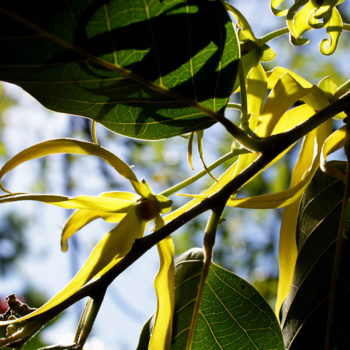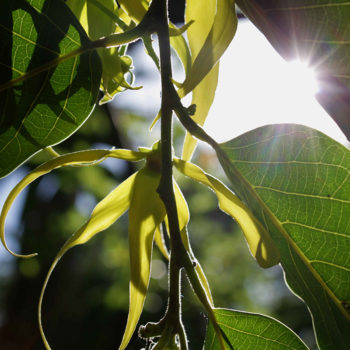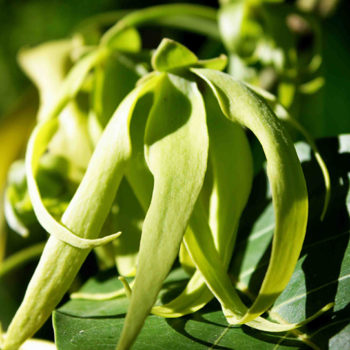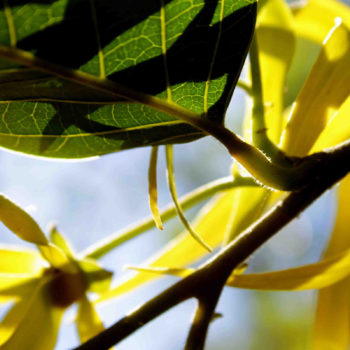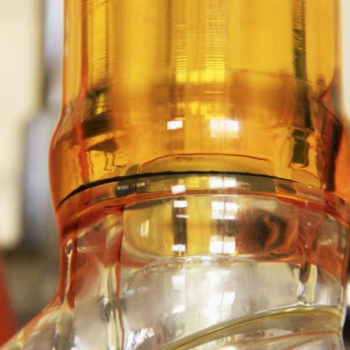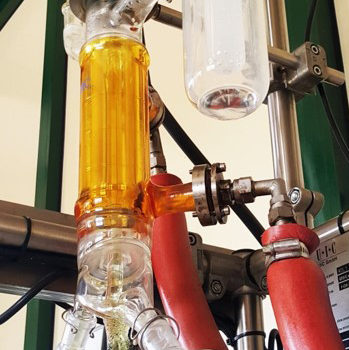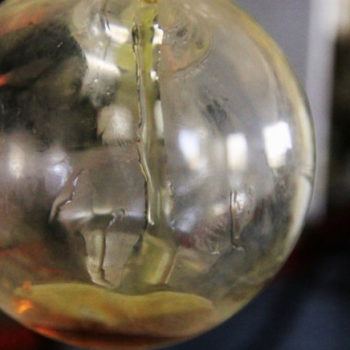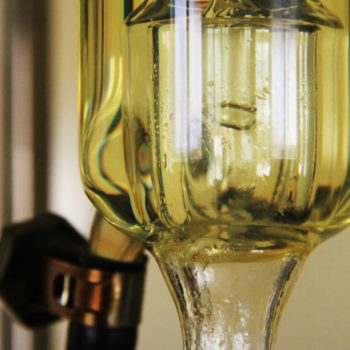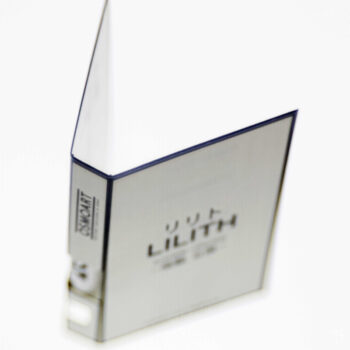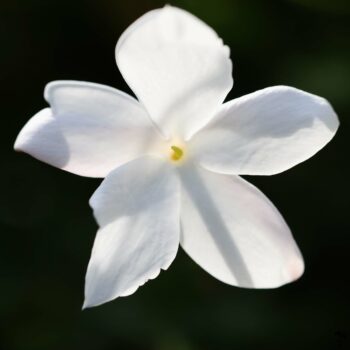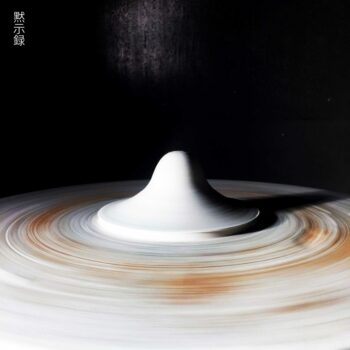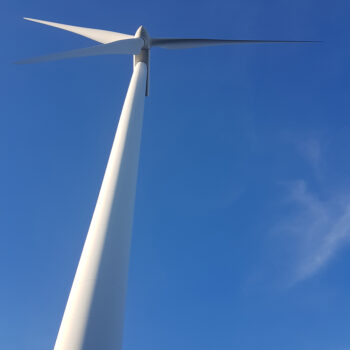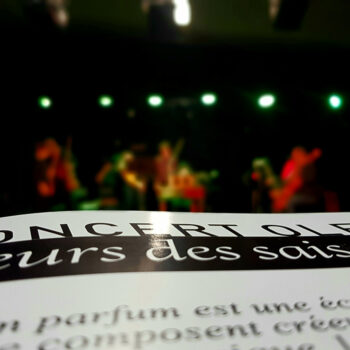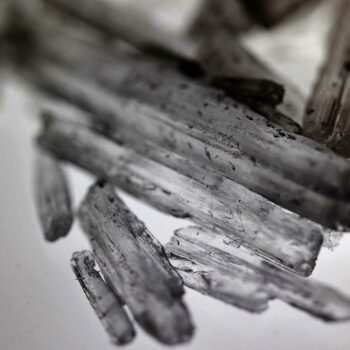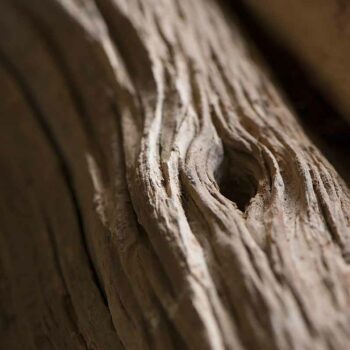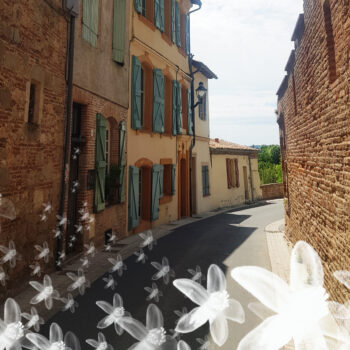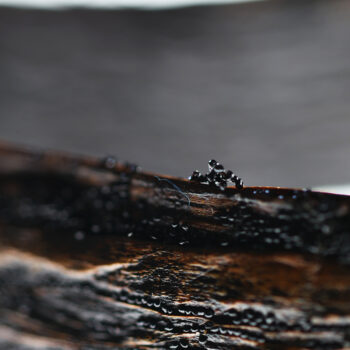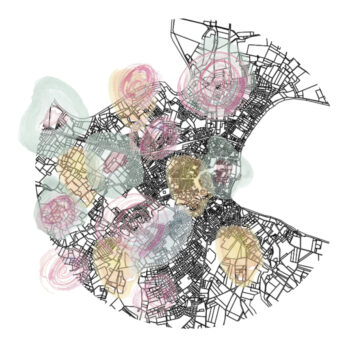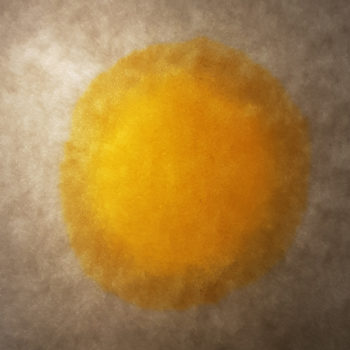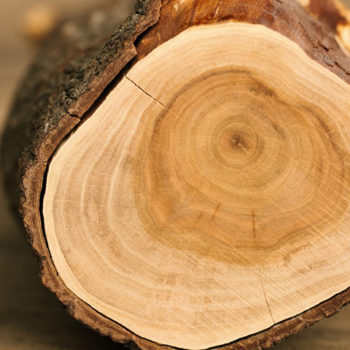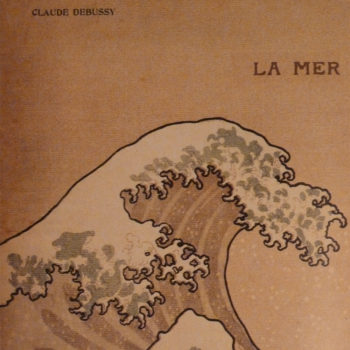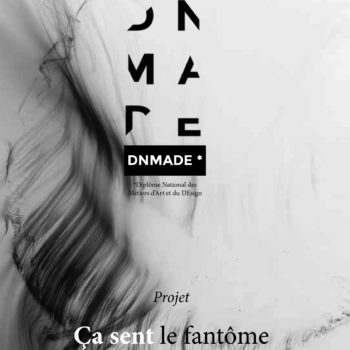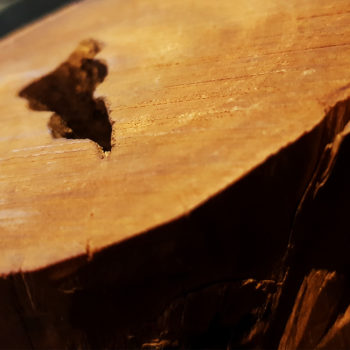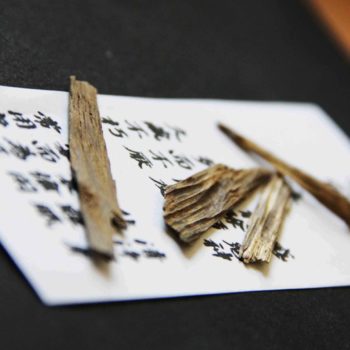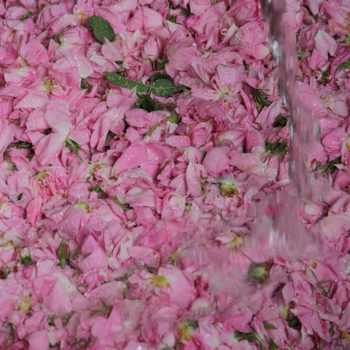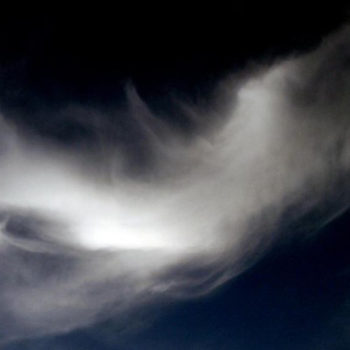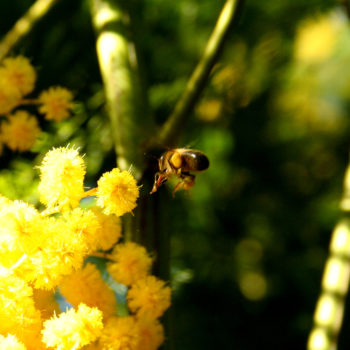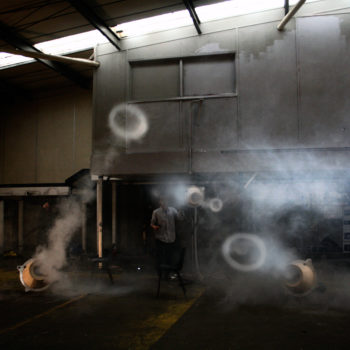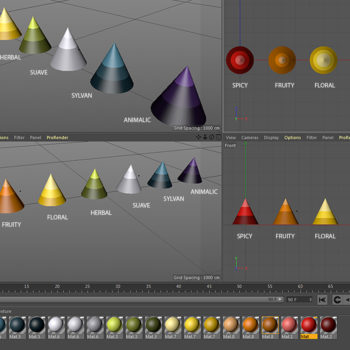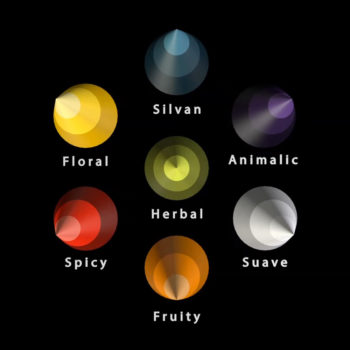FOR A FRACTION OF YLANG
published on 2021-01-12FRACTIONING A YLANG-YLANG EXTRA ESSENTIAL OIL
Separation and concentration of natural benzyl acetate from ylang-ylang essential oil.
generalities
There are different qualities of essential oils of ylang-ylang (Cananga odorata var. Genuina) which depend on the time of distillation.
The so-called “Extra”, “Extra Superior” and “First” grades have a higher benzyl acetate content.
Separation technique
Short path distillation is a distillation technique that involves the distillate traveling a short distance, often only a few inches, and is normally done at reduced pressure.
The advantage of this technique is that the heating temperature can be considerably lower (at reduced pressure) than the boiling point of the liquid at standard pressure, and the distillate only has to travel a short distance before condensing.
The freshness of the fragrant product is preserved.
This process is used in particular for the fragile essential oils of hesperids in order to eliminate or reduce the contents of furocoumarins such as bergapten present in various citrus zest (lemon, mandarin, bergamot, etc.) which is a photosensitizing toxic agent.
In our case, this research is more like research into olfactory aesthetics than research into obtaining a regulatory product.
The idea is to sculpt, model and sublimate the benzyl acetate of this essential oil by:
- Collecting the different fractions of distillate.
- Separating from the more animal notes of the head, due to methyl benzoate and methyl para-cresol.
- Separating the bottom to increase the content of natural benzyl acetate.
Achievements
- Olfactory evaluation of different suppliers of ylang-ylang essential oils.
- Chromatographic analyzes of essential oils and recording of natural benzyl acetate contents.
- Selected essential oil fractionation through short path type distillation pilot.
- Use of the concentrated benzyl acetate fraction in an original creation.

